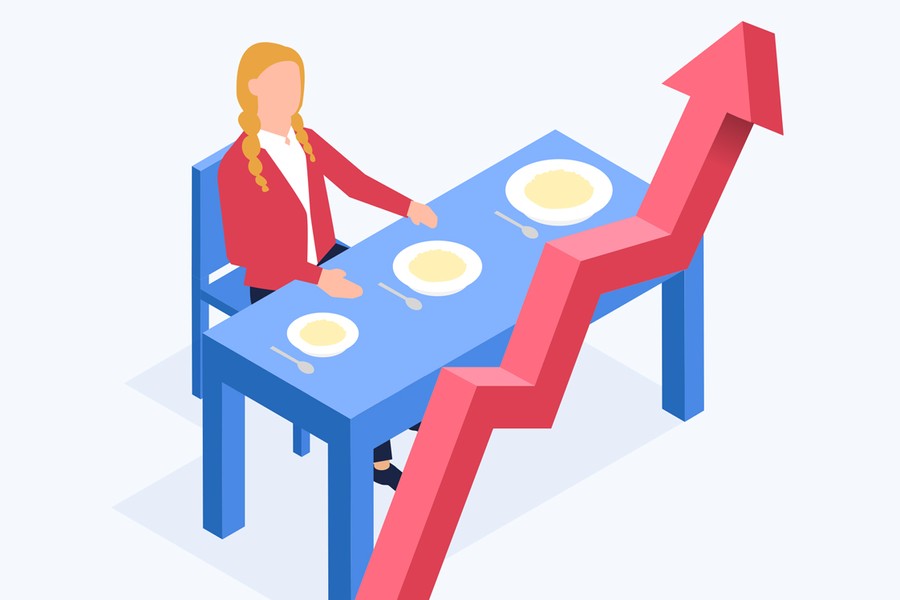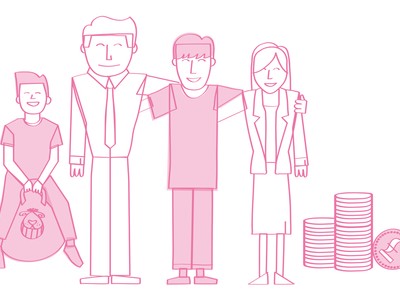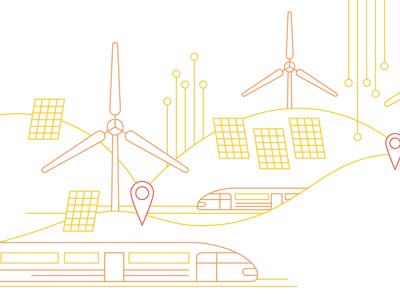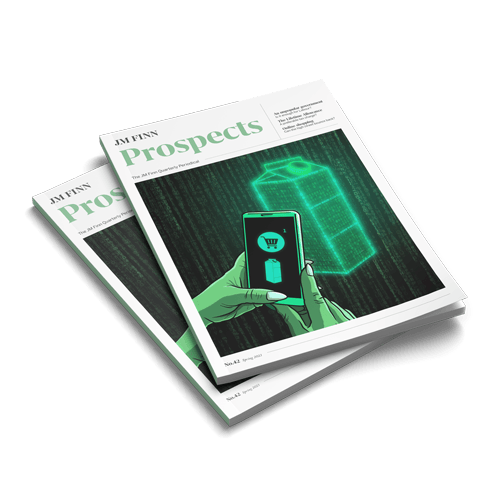Sticky inflation
The “Sticky Inflation” brigade are worried about an iterative and self-reinforcing spiral of wage inflation driving actual inflation, which in turn drives more wage inflation.
The concern is that wage inflation (5.2% in the US and 6.4% in the UK) is sufficiently strong that it will need high interest rates to drive a nasty recession to increase unemployment, to the point where employees become sufficiently scared of losing their jobs, that they stop demanding wage increases.
Right now, unemployment is sufficiently low (3.4% in the US and 3.7% in the UK) that workers have enough confidence that they can demand higher wages, and get them. Although it must be said that wage inflation (including bonuses) is falling. The implications of this are that the interest rates on ten year government bonds are 4% in the UK and 4.25% in the US. Recently, the Fed said it might have to raise interest rates more than investors expected because it will probably take a “significant period of time” to tame inflation given stronger labour market data.
Goldilocks and the kinked supply curve
The more attractive expectation is that there is a kinked supply curve. What does that mean? Consider a factory that can make 1,000 washing machines per year. If demand is only at 800 per year, they will price competitively. Ditto for demand at 950 washing machines per year. But if demand rises to 1,050 per year then, in the short term, the factory can only respond by raising prices; and inflation takes off. The point at which prices get raised quickly is the “kink” in the supply curve. The reverse happens on the way down; small changes in demand drive big declines in prices.
The implications of this scenario playing out are that inflation falls back quite quickly, until it gets to the 3% level. To start with, ten year government rates would follow inflation lower to perhaps the 2.75% level in the UK and 3% in the US; stock markets should rally alongside bond markets. This scenario would be more likely if it turned out that employers had hoarded workers during the time of very low unemployment and that companies start shedding surplus labour into the fear of a recession and/or slower economic growth.
It will probably take a significant period of time to tame inflation.
— The Fed
This scenario is sometimes referred as the “Goldilocks” situation because it is an environment where investments do well: falling inflation, falling interest rates but corporate profitability continues. The perception that we have seen peak interest rates would, in turn, drive elevated levels of optimism that a nasty recession had perhaps been averted. China ending its zero-Covid policy and re-opening its country for business could help, if they manage their way through their own epidemic.
Third option
There is a third scenario which is that the “kinked supply curve” plays out and then the “sticky inflation” kicks in. This is the one that I expect, so enjoy Goldilocks whilst it lasts.
Illustration by Jordan Atkinson





